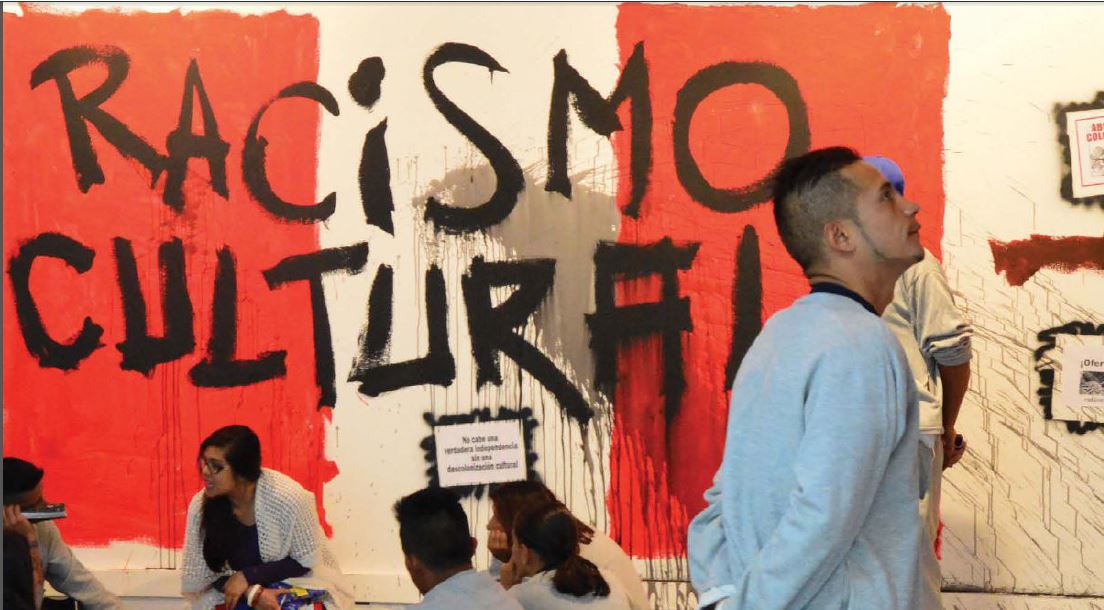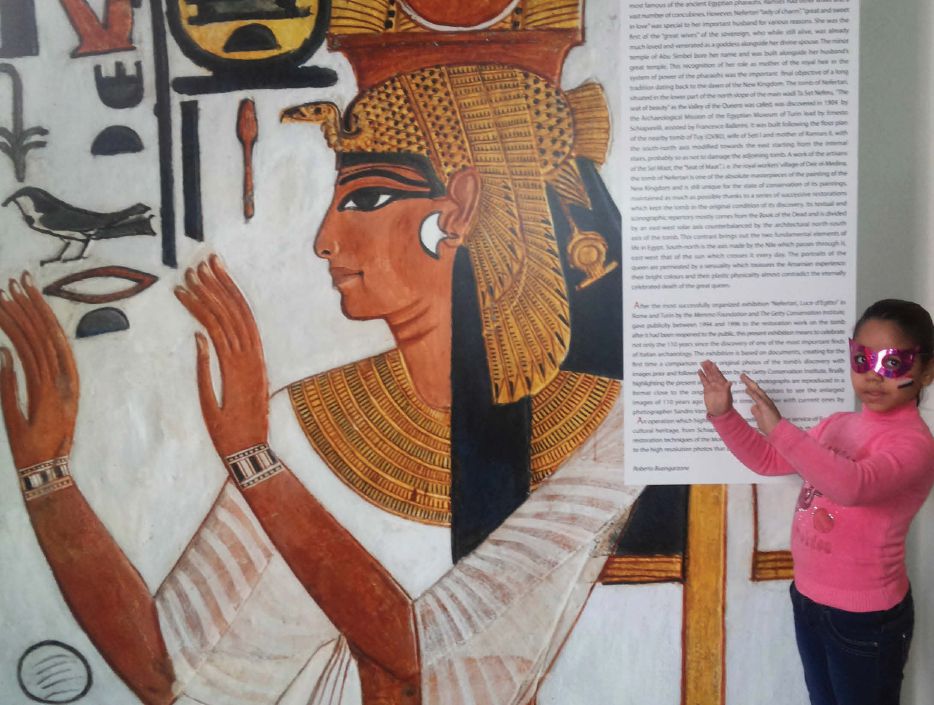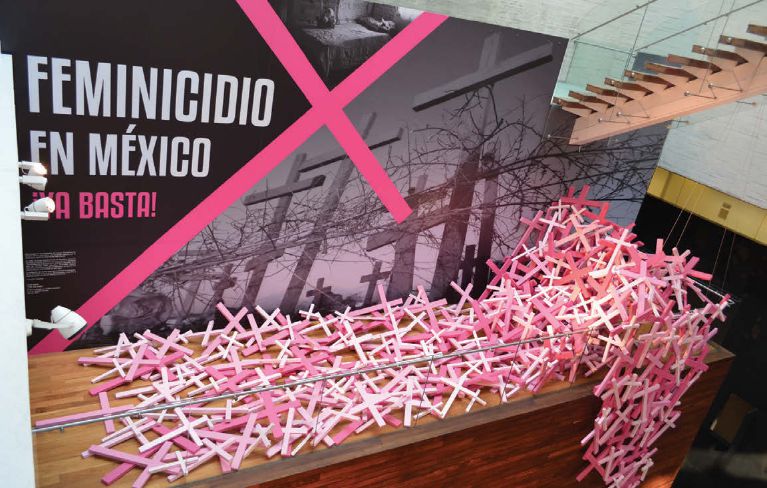
This article originally appeared in the September/October 2018 issue of the Museum magazine.
Museums globally are expanding their social role—and value—by engaging underserved communities.
During the 2011 Egyptian Revolution against former President Hosni Mubarak, hundreds of thousands of pro-democracy protesters demonstrated in Tahrir Square. At one point, robbers attacked the Museum of Egyptian Antiquities, which is located in the square, and smashed some of its objects.
When everyone heard about what happened, some people decided to make human chains in front of the gates of the museum to protect it from robbers, says Wesam Mansour, the museums curator.
The local community unifying to protect the museum made clear that many felt a sense of ownership and were deeply invested in it. It wasn’t just museum and heritage professionals who cared about the museum.
Before the revolution, since the museum was opened over 100 years ago, it was more focused on tourism than the local community, Mansour says. Now, this has changed, and we are thinking more about the local community and how to connect them with heritage and museums and archaeology.
The museum has put more effort into attracting the local community through various programs and workshops. This has included a program called Made in Egypt, which teaches people in the local community traditional handicrafts after showing them decoratives and artifacts in the museum.

Like the Museum of Egyptian Antiquities, other cultural institutions across the world are experimenting with ways to better engage underserved members of the local community. By both broadening and tailoring the content and education they provide in the museum space and getting museum staff and collections out into the community, cultural institutions can truly become community assets.

Grappling with Recent History
Tackling contemporary social issues is a good way to engage the local community. That’s exactly what Ignacio Vazquez, curator at Museo Memoria y Tolerancia in Mexico City, decided to do. Although the museum had historically focused on memory and the past, Vazquez feels strongly that current events are equally important.
“I think the moment we are living now, watching how xenophobic discourses are resurfacing from the powerful; how disappearances and torture are normalized; how thousands die for gender violence, homophobia, transphobia, the migration crises…I think its important to talk about the present, Vazquez says.
Vazquez readily admits that covering the present can be a political landmine, but the past is political, too, he says, and museums should rise to the challenge. He designed a temporary traveling exhibition to draw attention to gender hate crimes in Mexico, where an average of seven femicides occur each day. The exhibition included testimonies, photographs, videos, and interactive displays.
Vazquez has found that focusing on present-day problems creates a different curatorial and sourcing dynamic. We have to be very close to the family, to the testimony. It’s not like sources that you find in the library; it’s sources that are alive, he says. For example, during the femicide exhibition, the son of one of the victims broke down in tears when he read about the details of his mother’s murder.
Getting Outside the Museum
For some, museums are intimidating spaces, which is why exhibitions in a public space are often a good idea. Museo Pedro Nel Gómez in Medellín, Colombia, is taking the concept a step further by inviting people to take paintings into their homes.
The idea is the brainchild of Susana Mejía, the museum’s coordinator of programming and communications. When she was a little girl, her family displayed a painting of the Virgin Mary in their home for two weeks. My mother put out flowers and made the space beautiful. We were not Catholic, but it was so nice to welcome something that was important for us for two weeks, Mejía says. The Virgin Mary is not the same as Pedro Nel Gómez, but he is also an important character in the neighborhood because he was an important Colombian painter.

Museum staff seek connections with families in the community, often through workshops the museum holds. If they express an interest in certain paintings, Mejía will take replicas of those pieces to their homes. After the museum staff installs the artwork, the family inaugurates the exhibition by inviting family members, friends, and neighbors to the home to see it. The artwork stays in the home for two to four weeks, and families can choose one reproduction to keep permanently.
Even without lending or gifting replicas to community members, visiting people in their homes, community centers, or classrooms is a powerful tool for improving community outreach. The Homeland Museum of Knjaževac in Serbia has a traveling exhibition based on the museum in a suitcase concept. The project Museum4All–Museum2Go uses real museum objects, replicas, models, and electronic devices to connect with a wider audience. Even the suitcases themselves are traditional, handmade wooden boxes designed to showcase traditional handcraft.

Mexico City.
Being away from the museum allows for different types of programming. For example, museum professionals bring replica instruments so that children can try them. They have audio and video materials with sounds from each instrument, which are accessible for the blind. In addition, the museum is using QR codes that people can scan to learn more about the collections.
“If you are in the classroom, it can be a completely different experience than in the museum,” says Milena Micić, senior curator of art collection at the Homeland Museum. “There’s a different energy when students are in the school, feeling comfortable and in their everyday environment, even though we are motivating them to see the museum as their classroom and their safe space.”

Engaging the Entire Community
To be a true community resource to all, museums will need to go the extra engagement mile. German Paley, community outreach coordinator at the Museum of Modern Art of Buenos Aires in Argentina, has helped make his institution more accessible to groups with special needs.
It started when a special education teacher contacted Paley about planning a visit for a group of eight students. They decided he would visit the classroom first, and he spent an hour playing and singing with the group. That way, when the students visited the museum, they were less anxious about going somewhere new because they saw a friendly, familiar face.
After the visit, different schools, organizations, foundations, and even hospitals, most of which had groups with special needs, started reaching out to the museum. Paley works with the organizations to tailor each group visit.
“Every group is unique, and you have to listen to learn how to activate the museum on that visit,” he says. He starts every conversation by asking, “What do you need?” To create a deeper experience based on these needs, he seeks advice from various teachers, foundations, and other experts.
Sometimes engaging marginalized or underserved groups is simply a matter of making space for them. Tatiana Quevedo, education department coordinator at Museo de Arte Contemporáneo de Bogotá in Colombia, thinks a lot about social inclusion. She’s working on making the museum a safe space for the homeless.
This specific program wants to tell the homeless that the museum can be their home. The program is about equality, because the homeless have the same cultural rights, but sometimes we need to know and they need to know that they have them, Quevedo says.
To create this sense of social inclusion, Museo de Arte Contemporáneo de Bogotá offers workshops, guided tours, and assistance to the homeless and also invites them to openings, where they sit alongside the directors, artists, and other guests, eating the same food and looking at the same art.
“This is so symbolic for us because the homeless feel that they’re human the same as the director, the curators, and the artists,” Quevedo says. “It’s so important to feel that we are the same. It’s not about money. It’s not about how you look. The clichés that the homeless have about us and that we have about them disappear when you put all the people in the same place in the opening. This is the most important point of the program.”
For true community engagement and social inclusion to occur, museums need to view social inclusion as a responsibility.
“Museums have to have a social impact,” Quevedo says. “This is not an extra point to the agenda; it has to be in the agenda. It’s not a choice. It’s mandatory. Maybe in restaurants or malls, their social impact can be a choice, but you are a museum, so this is your responsibility.”

Tips for Engaging Underserved Communities
- Think local. When making programmatic decisions, put yourself in the place of the people in your community that you want to serve. Consult with people who already work with the communities you’re trying to reach. Asking questions and being open to seeing things from another perspective will help you develop skills to apply to new programs or initiatives.
- Make time to listen. While museums excel at structured programming, sometimes it’s important just to listen, particularly when you are visiting people in their schools or homes. Often, people want to share their own small treasures or connection with the art. This is a good way to strengthen your museum’s connection with the community.
- Embrace new ways of operating. Engaging different audiences may mean that the museum needs to move from its comfort zone and try new things, or focus more on relationships than imparting knowledge.
- Learn from peers. Seek out projects that are similar to what you’re trying to do so that you don’t have to reinvent the wheel. However, keep in mind that you’ll likely need to develop new ideas or make adaptations to meet the specific, unique needs of your community or institution.
- Be patient. Accept that you might make some missteps at first. It takes time to draw interest from different parts of the local community.

The Sit Outside Test
Engaging with the local community can be as simple as paying attention to what’s happening outside the museum’s front doors.
When the Museum of Contemporary Art of Buenos Aires in Argentina began to redefine its identity in order to broaden its reach, Head of Education Marcela Giorla started sitting in the street to observe what people did outside the museum. She noticed that pedestrians just walked by or sat with their backs to the museum. The people who did come to visit the museum didn’t know which of the museum’s three doors to use.
“Now we leave the door open, and we put big signs that say entrance and exit,” says Giorla.
The receptionist also invites people standing outside the door to come inside, and the museum puts information about upcoming exhibitions and events on a billboard on the museum door.
Some of the exhibitions even end up on the street (with doors open and an open bar and music), and others start at the museum door on the street. The museum also hosts a weekly movie night.
All of this, along with adding engaging exhibitions (such as one on emojis and another on astrology), has dramatically increased attendance.
Yael Grauer is a freelance writer based in Phoenix, Arizona. Several 2018 AAM Getty International Program participants were interviewed for this article. Since 2010, through the generous support of the Getty Foundation, AAM has been able to provide professional development opportunities through its annual meeting to museum colleagues around the globe.







